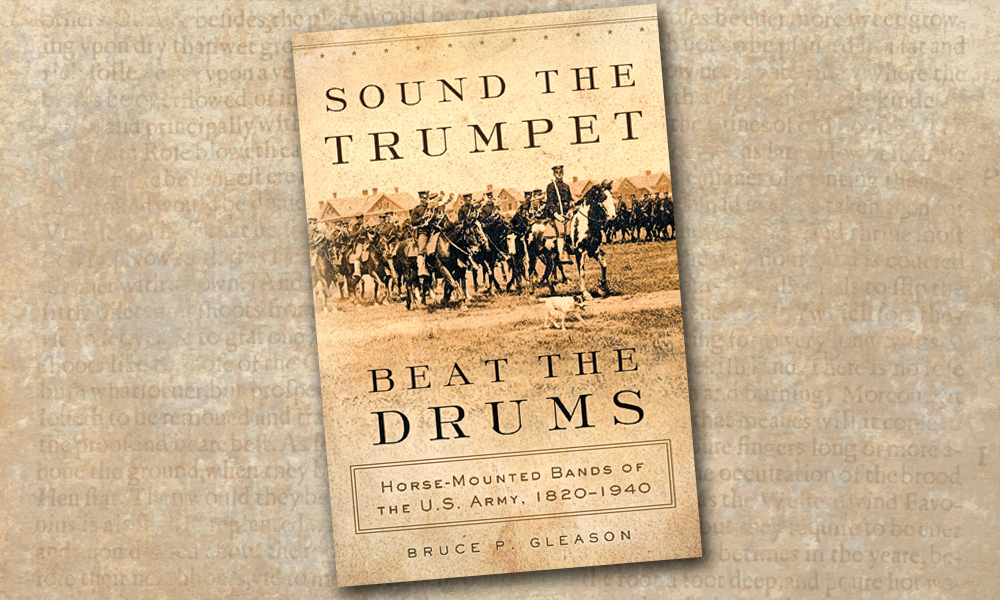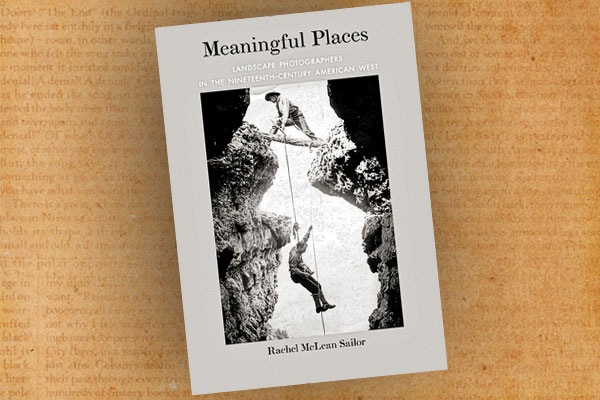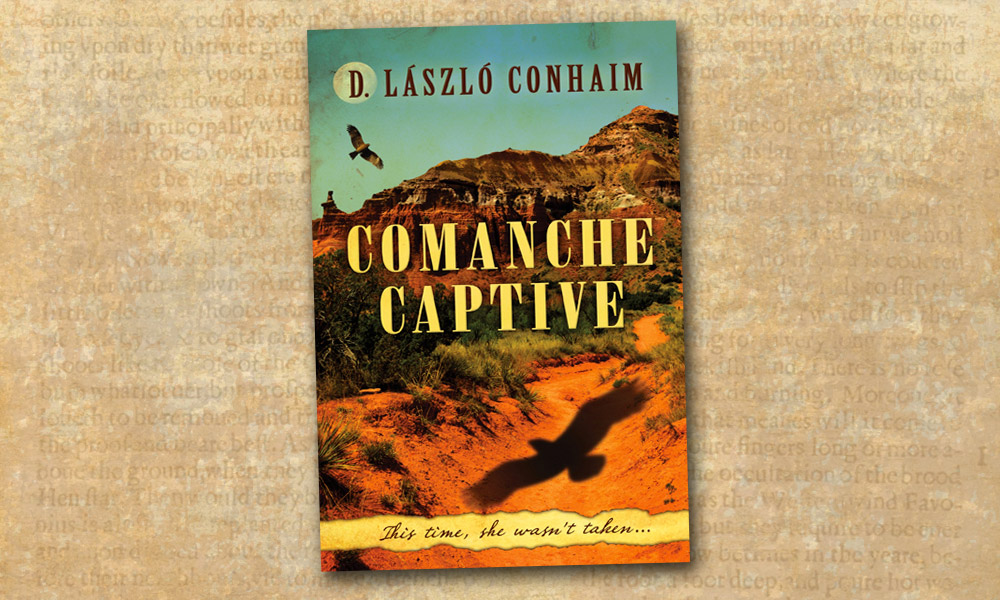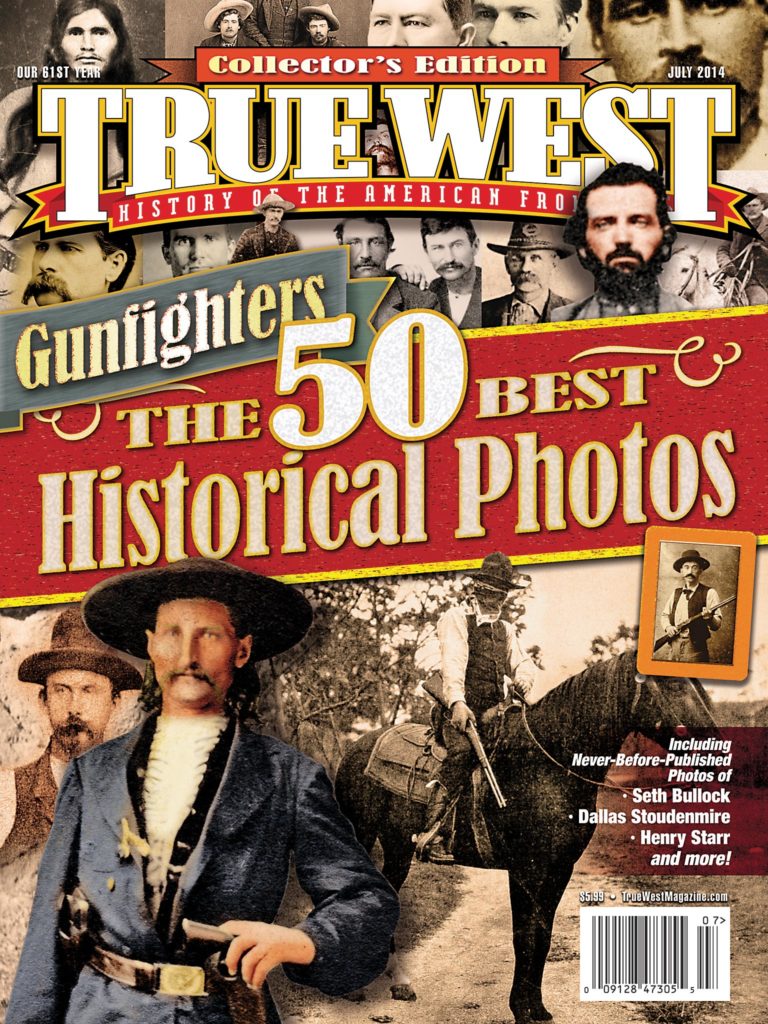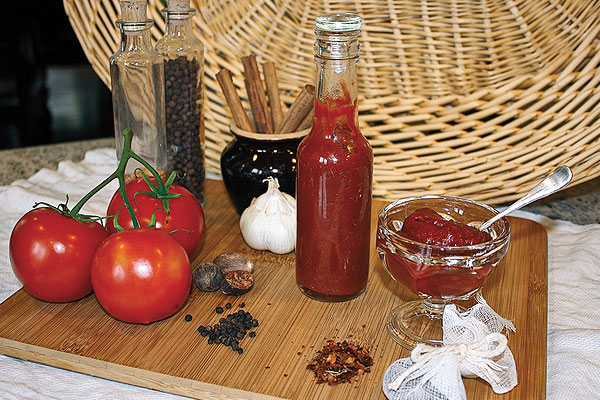 Elario Cardova, born in 1861 and raised in Texas, recalled the value of spices, “We obtained our berries and fruits from the wild vegetation in the woods…. Thus our fruit was obtained without the use of money.
Elario Cardova, born in 1861 and raised in Texas, recalled the value of spices, “We obtained our berries and fruits from the wild vegetation in the woods…. Thus our fruit was obtained without the use of money.
Likewise, nuts of various kinds, such as the pecan, hazel and chestnut….There was some money spent for thread and buttons, and our shoes was the major clothing bill. We needed money for taxes, which was negligible, money for spices, tea, coffee and medicine.”
Spices—both savory and sweet—can determine whether food is just sustenance or pure enjoyment. They were, and still are, crucial to making food taste good.
John Fletcher was another Texas native, born in 1868, whose recollection about spices was similar to Cardova’s: “The articles needed were thread, buttons, some store cloth, boots, hats and spices, and other articles to season food with.”
Popular spices during the 1860s to 1870s included black pepper, Cassia (cinnamon), cloves, ginger, mace, mustard, nutmeg and pimento (berries from the allspice tree). Mace, the outer membrane of the nutmeg, was extremely popular. By 1880, merchants advertised stick cinnamon and offered spices in cans and bottles.
Various companies imported spices, but a name you might know well is Durkee, a spice company that started in 1850. By 1888, it was the first to offer consumer-sized packagings, which were tinfoil and lined with paper. Before those, most mercantile stores sold spices in bulk that were then put into bags.
Pioneer cooks often used many of those spices to make “tomato catsup.” It was called tomato catsup because catsup was also made with other ingredients such as mushrooms and walnuts. An 1884 dictionary lists catsup and refers you to “catchup.” The catchup definition is “catsup, ketchup. A sauce made of mushrooms, walnuts or tomatoes.” The words catsup, catchup and ketchup were interchangeable. Heinz became popular in the 1870s and used the word ketchup, which is still common today.
Cooks often used whiskey to preserve catsup, but one restaurant in Omaha, Nebraska, served catsup “whiskey” before every meal. “There is…a lower N street restaurant in which a big odd-shaped bottle ornaments the center of the table….”
A local printer patronized the restaurant often and noticed the bottle had no label. The World-Herald reported in 1893, “…so the printer supplied one bearing the number ‘310’ in big figures. It so happens that the number is the name for a favorite brand of booze sold by a nearby dispensary. It was the mystery of the day why the bottle was so quickly emptied and why every man poured catsup into his glass.”
*** R E C I P E ***
~ Tomato Catsup ~
2½ c. tomatoes
1 tsp. salt
½ tsp. whole peppercorns, bruised
3 tsp. pepper flakes
½ tsp. cinnamon sticks
¼ tsp. mace (or nutmeg)
¾ tsp. mustard seeds
½ tsp. whole allspice
3 garlic cloves, peeled and sliced
¼ tsp. whiskey, brandy or cider vinegar
Either cook fresh tomatoes to yield 2½ cups or use canned. Blend the tomatoes and salt in a saucepan with an immersion blender. Put the remainder of the spices in a piece of cheesecloth and tie. If using vinegar, add it now. Bring tomatoes and salt to a boil and then add the spice bag. Cook over low heat for about one to three hours for your desired thickness. Remove from the heat and take out the spice bag. If using whiskey or brandy, add it now. Put into a storage container and refrigerate. The original recipe states this will keep for 20 years if corked properly!
Adapted from Daily Bulletin Supplement, San Francisco, California,
September 23, 1876
Sherry Monahan has penned Mrs. Earp: Wives & Lovers of the Earp Brothers; California Vines, Wines & Pioneers; Taste of Tombstone; The Wicked West and Tombstone’s Treasure. She’s appeared on the History Channel in Lost Worlds and other shows.


